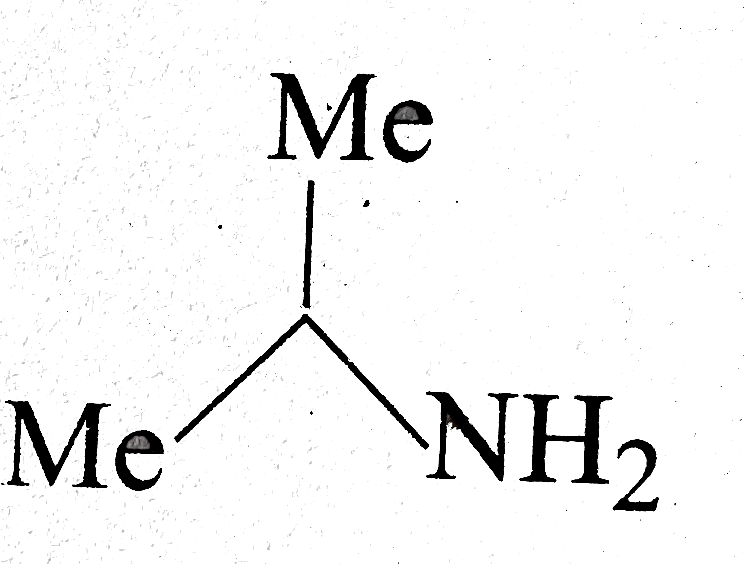Arrange the following groups in order of decreasing +M effect
(i) −⊕O (ii) −NH2 (iii) −OH (iv) −NHCOCH3
i>ii>iii>iv
iv>iii>ii>i
i>iii>ii>iv
i>iv>iii>ii
The correct Answer is:A
To arrange the given groups in order of decreasing +M (positive mesomeric) effect, we need to analyze each group based on its ability to donate electron density through resonance. The groups provided are:
1. −O+ (positively charged oxygen)
2. −NH2 (amino group)
3. −OH (hydroxyl group)
4. −NHCOCH3 (acetamido group)
Step 1: Understand the +M Effect
The +M effect refers to the ability of a substituent to donate electron density to a conjugated system (like a benzene ring) through resonance. Groups that can donate lone pairs of electrons or have a less electronegative atom tend to have a stronger +M effect.
Step 2: Analyze Each Group
- −O+: This group has a positive charge on oxygen, which makes it an electron-withdrawing group rather than an electron-donating group. Therefore, it has the least +M effect.
- −NH2: The amino group has a lone pair of electrons on nitrogen that can be donated to the benzene ring, making it a strong +M group. It is more effective than −OH due to nitrogen's lower electronegativity compared to oxygen.
- −OH: The hydroxyl group also has a lone pair of electrons that can participate in resonance. However, oxygen is more electronegative than nitrogen, which makes the +M effect of −OH slightly less than that of −NH2.
- −NHCOCH3: The acetamido group has a nitrogen atom that can donate its lone pair, but the presence of the carbonyl (C=O) adjacent to the nitrogen can have a slight withdrawing effect, making it less effective than −NH2 but potentially more effective than −OH.
Step 3: Rank the Groups
Based on the analysis:
1. −NH2 (strong +M effect)
2. −NHCOCH3 (moderate +M effect)
3. −OH (less +M effect)
4. −O+ (no +M effect)
Final Order:
The final order of the groups in decreasing +M effect is:
−NH2>−NHCOCH3>−OH>−O+
2. −NH2 (amino group)
3. −OH (hydroxyl group)
4. −NHCOCH3 (acetamido group)
The +M effect refers to the ability of a substituent to donate electron density to a conjugated system (like a benzene ring) through resonance. Groups that can donate lone pairs of electrons or have a less electronegative atom tend to have a stronger +M effect.
- −O+: This group has a positive charge on oxygen, which makes it an electron-withdrawing group rather than an electron-donating group. Therefore, it has the least +M effect.
- −NH2: The amino group has a lone pair of electrons on nitrogen that can be donated to the benzene ring, making it a strong +M group. It is more effective than −OH due to nitrogen's lower electronegativity compared to oxygen.
Based on the analysis:
1. −NH2 (strong +M effect)
2. −NHCOCH3 (moderate +M effect)
3. −OH (less +M effect)
4. −O+ (no +M effect)
The final order of the groups in decreasing +M effect is:
−NH2>−NHCOCH3>−OH>−O+
Topper's Solved these Questions
- ORGANIC CHEMISTRY BOOK - PHYSICS WALLAHCHAPTER - ORGANIC CHEMISTRY EXERCISE - NEET PAST 5 YEARS QUESTIONS
13 Videos
- ORGANIC CHEMISTRY BOOK - PHYSICS WALLAHCHAPTER - ORGANIC CHEMISTRY EXERCISE - NEET PAST 5 YEARS QUESTIONS
13 Videos
- MOLECULARITY BOOK - PHYSICS WALLAHCHAPTER - MOLECULARITY EXERCISE - NEET Past 5 Years Questions
30 Videos
- POLYMERSBOOK - PHYSICS WALLAHCHAPTER - POLYMERSEXERCISE - NEET Past 5 Years Questions
7 Videos
Similar Questions
Knowledge Check
Arrange the following compounds in the order of decreasing acidity.
I II
II  III
III  IV
IV  AII>IV>I>IIIBI>II>III>IVCIII>I>II>IVDIV>III>I>II
AII>IV>I>IIIBI>II>III>IVCIII>I>II>IVDIV>III>I>IIArrange the following groups in decreasing activating order :
(i) −NR2
(ii) −Me
(iii) NHAc
(iv) −OHAI>IV>III>IIBII>IV>III>ICIII>II>IV>IDIV>I>III>IIDecreasing −I effect of given is:
(i) CN , (ii) NO2
(iii) NH2 , (iv) FAiii>ii>i>ivBii>iii>iv>iCiii>ii>iv>iDii>i>iv>iii
Arrange the following in order of decreasing bond angles
(i)CH4,NH3,H2O,BF3,C2H2 (ii)NH3,NH−2,NH+4
View SolutionArrange the following in the increasing order of acidic strength
(i) FSO3H (ii) HCO−3 (iii) H2O (iv) HSO−4
View SolutionArrage the following group in order of decreasing o-and p-directing strenght
−NH2,−Cl,−O..H,−R
View SolutionDecreasing - I effect of given groups is:
(i) −CN (ii) −NO2
(iii) −NH2 (iv) −Cl
View SolutionArrange the following in their decreasing order of acidity.
(I)
(III)
(IV) NH3.
View Solution
